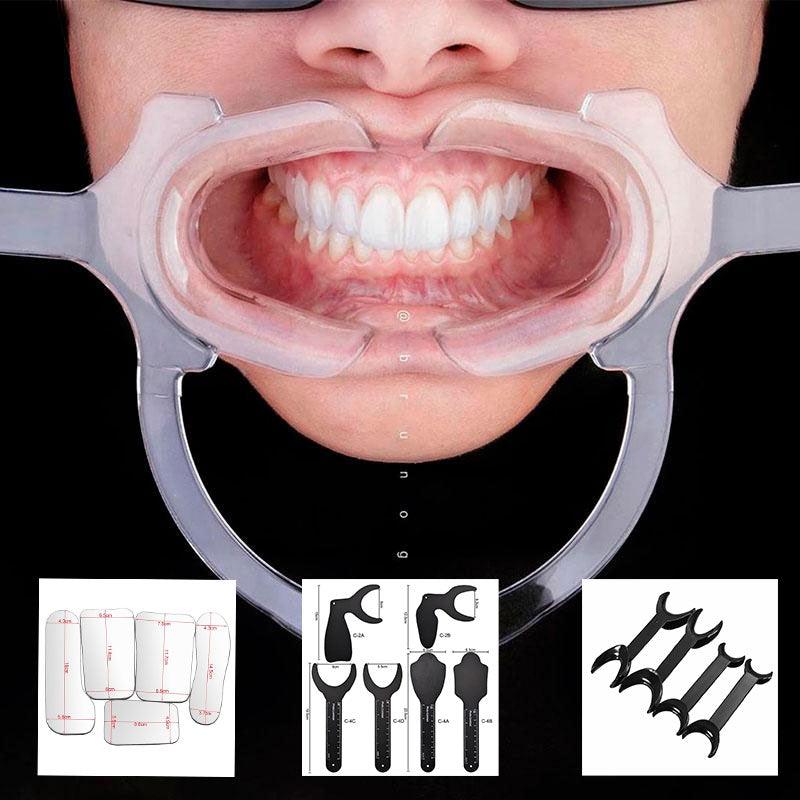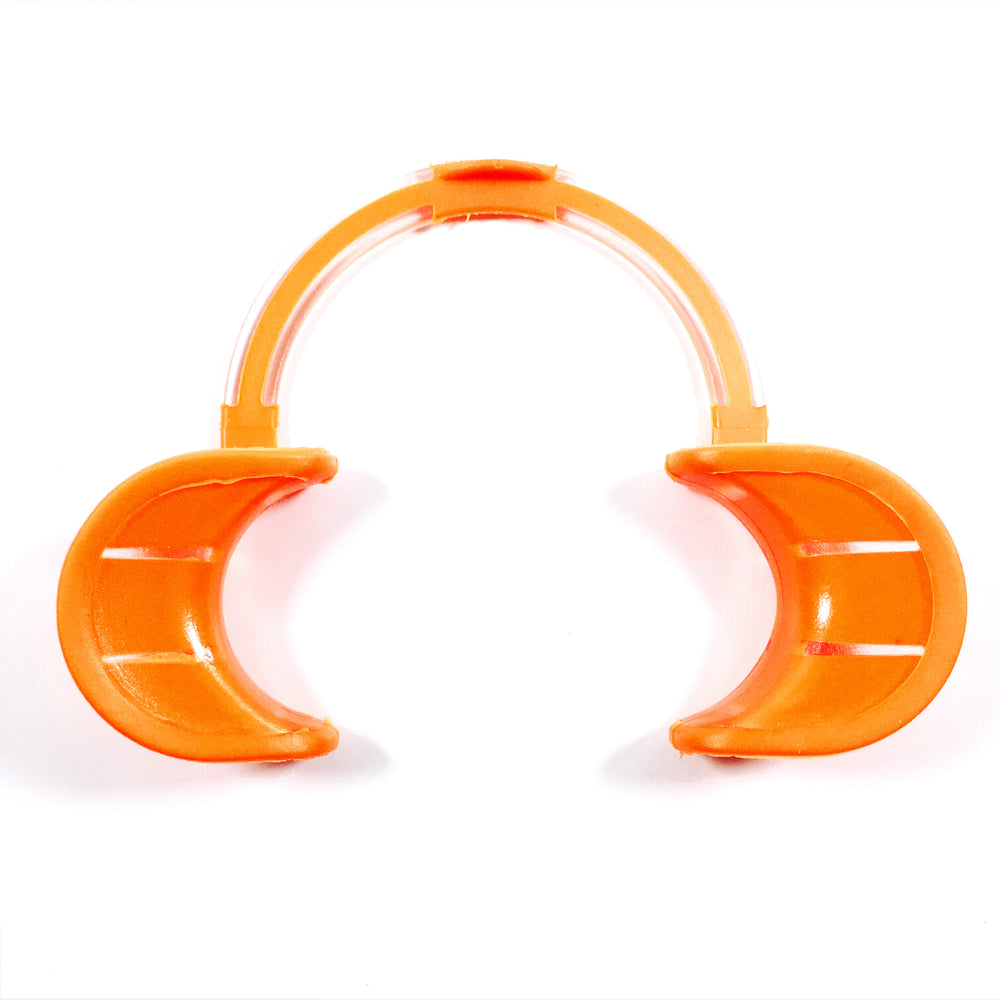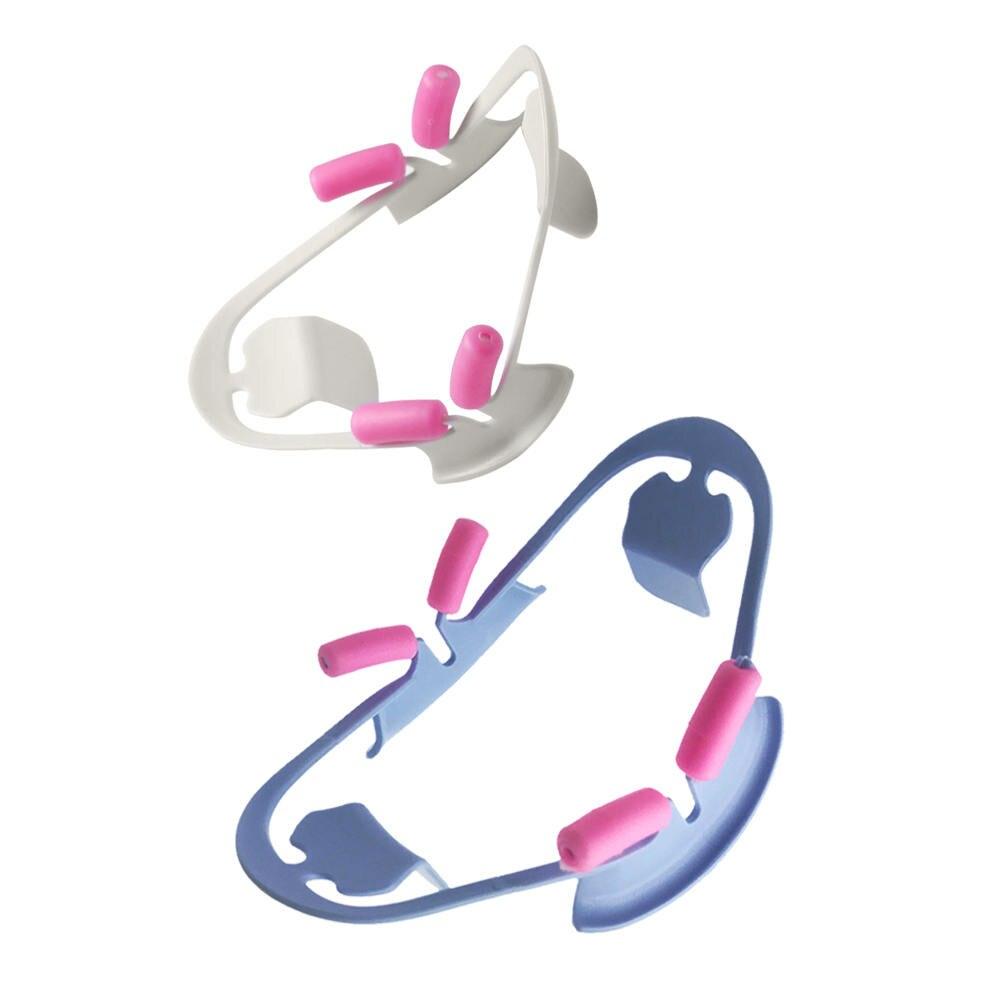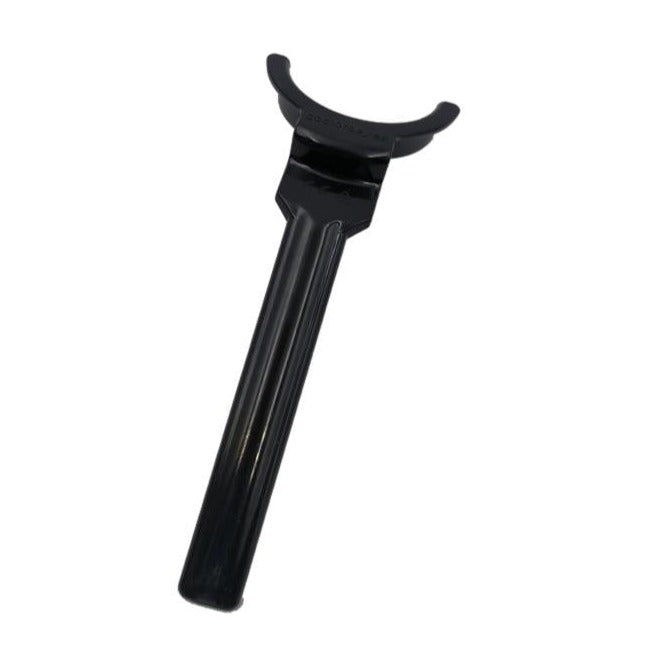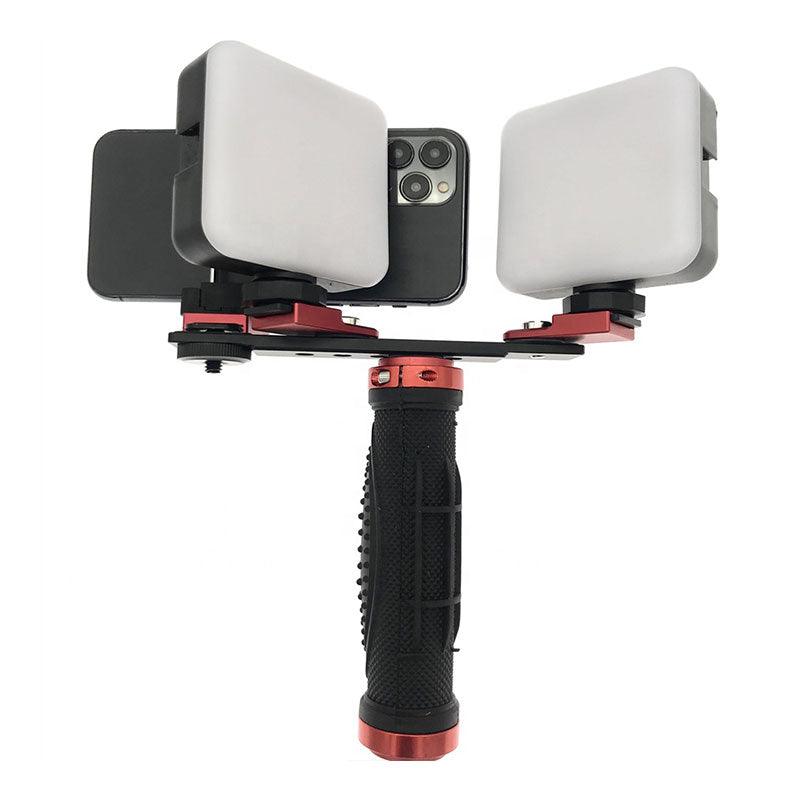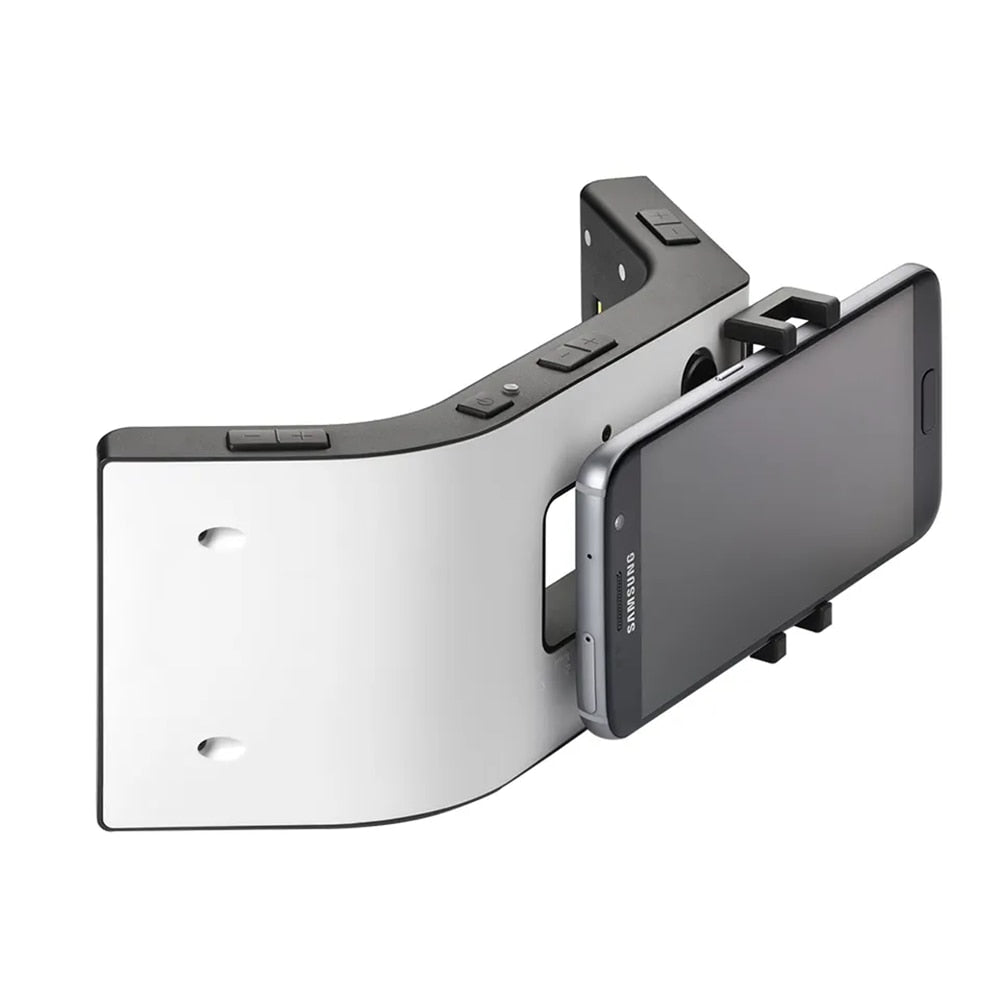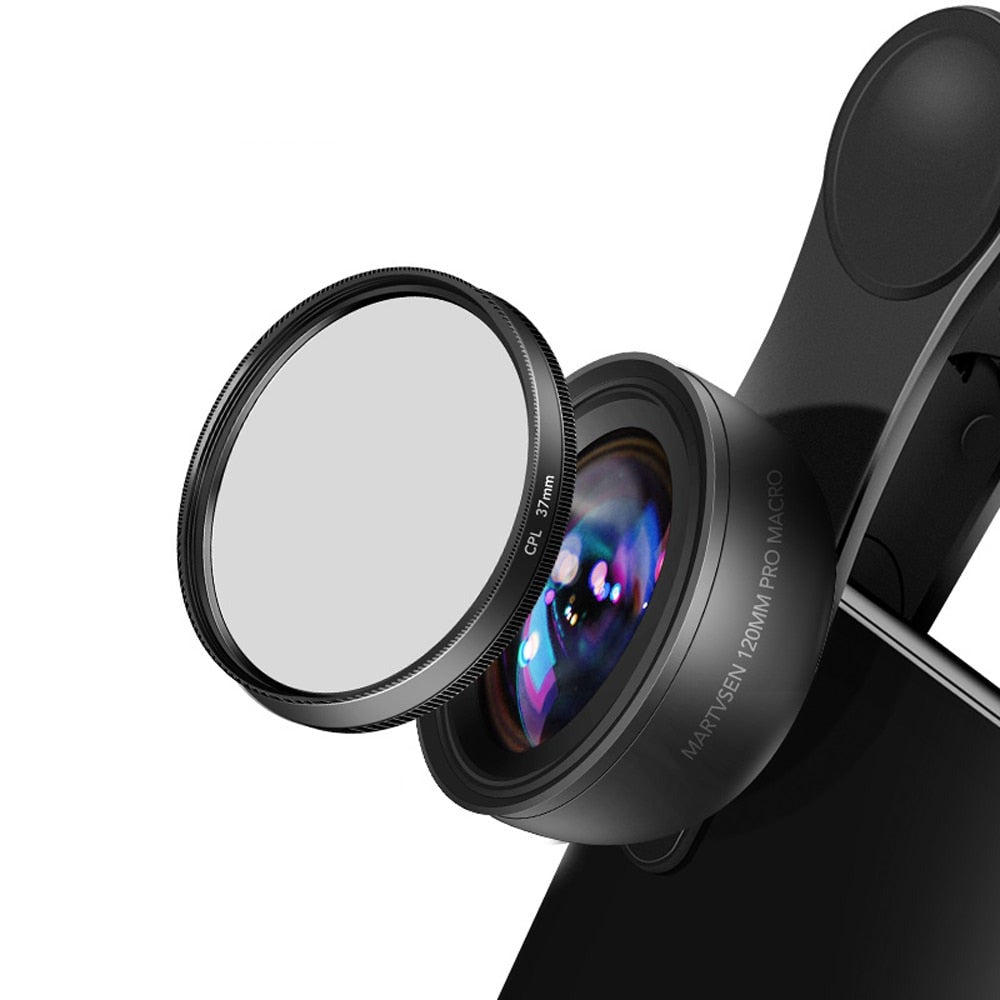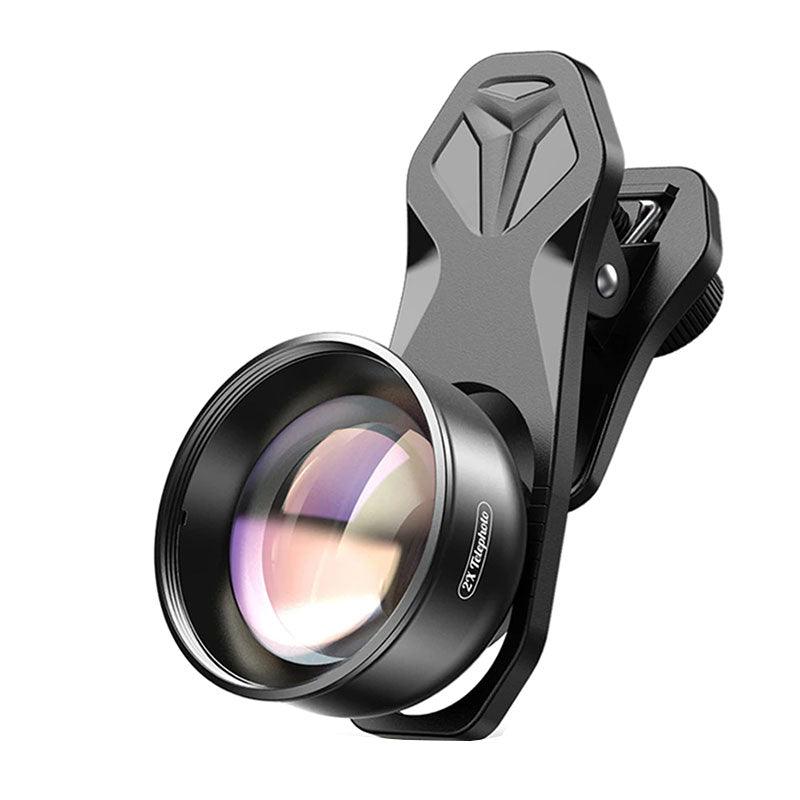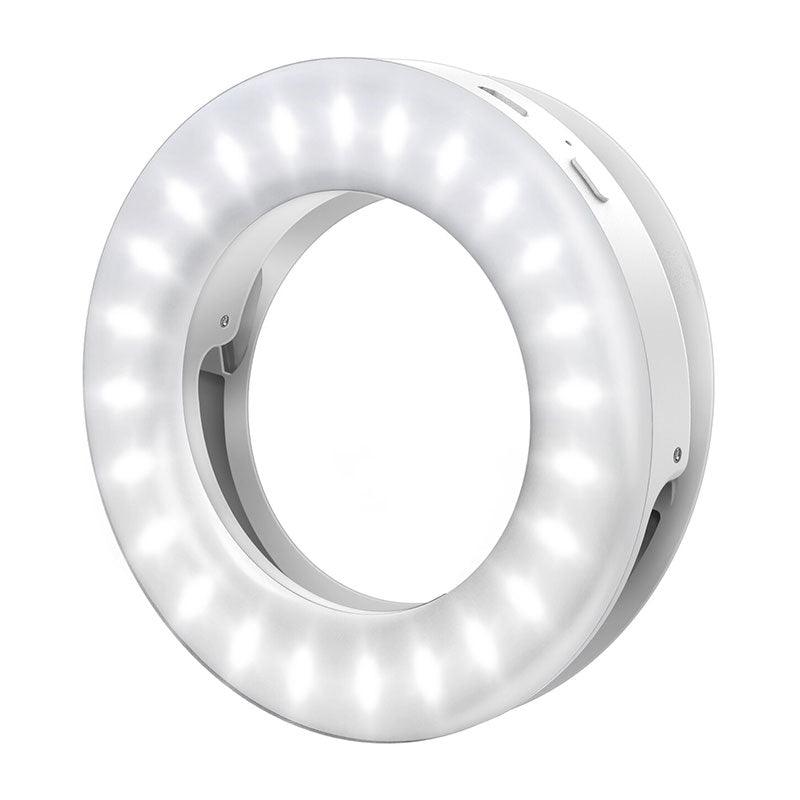Dental photography demands precision and attention to detail, making it essential to have a strong grasp of your camera's controls. In this article, we will explore the key elements of a camera for dental photography: the viewfinder, shutter release, shutter speed, and f-stop control. Additionally, we will provide insightful life hacks to enhance your dental photography skills
1. Viewfinder
The viewfinder is your window to the scene you're capturing. For dental photography, proper framing and focus are critical.
Life Hack 1: Use the grid lines: Enable the grid lines in your camera settings. Aligning dental features with the grid lines ensures accurate composition and symmetry.
Life Hack 2: Focus peaking: Some cameras offer focus peaking, which highlights in-focus areas in the viewfinder. This feature aids in achieving precise focus on teeth and tissues.
2. Shutter Release:
The shutter release button triggers the camera's shutter, capturing the image.
Life Hack 3: Remote shutter release: Use a remote shutter release or smartphone app to avoid camera shake when capturing detailed dental shots. This results in sharper images.
Life Hack 4: Mirror lock-up: In DSLRs, activating mirror lock-up minimizes vibrations before the shot is taken, further reducing the risk of blur.
3. Shutter Speed:
Shutter speed controls the duration the camera's sensor is exposed to light. It's crucial for freezing motion and preventing blurriness.
Life Hack 5: Use high-speed sync (HSS): When working with external flashes, HSS lets you achieve proper exposure even at high shutter speeds, crucial for capturing dental shots without overexposing.
Life Hack 6: Custom presets: Set custom shutter speed presets for specific dental photography scenarios, such as capturing patients speaking or laughing, to adapt quickly to changing conditions.
4. F-Stop Control (Aperture):
Aperture controls the amount of light entering the camera and affects depth of field.
Life Hack 7: Wide aperture for macro shots: When capturing close-ups of teeth, use a wide aperture (low f-stop value) to create a pleasing background blur while keeping the subject sharp.
Life Hack 8: Adjusting depth of field: Experiment with different aperture settings to control the depth of field. A smaller aperture (higher f-stop value) ensures more of the dental scene remains in focus.
A solid understanding of your camera's controls – the viewfinder, shutter release, shutter speed, and f-stop control – is fundamental for successful dental photography. Applying these life hacks enhances your ability to capture precise, detailed, and professionally composed images. With practice and knowledge of these controls, your dental photography skills are set to reach new heights.




